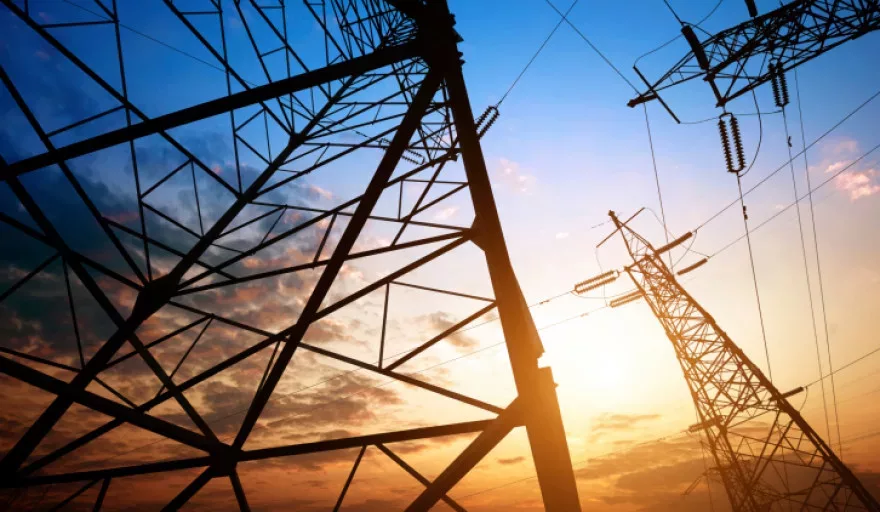More commercial entities will be eligible to buy electricity direct from retailers from next year, according to Second Minister for Trade and Industry S Iswaran on Monday (Oct 27).
From July 2015, the Energy Market Authority (EMA) will lower the contestability threshold from 4 megawatt-hours (MWh) to 2MWh. The move will enable an additional 10,000 commercial and industrial (C&I) consumers to buy electricity from electricity retailers who offer different pricing plans and packages, as alternatives to the regulated tariff, the minister said during his keynote address at the Singapore International Energy Week (SIEW) conference.
The contestability threshold was lowered in phases this year for C&I consumers, from 10MWh to 8MWh in Apr 1, and then to 4MWh in Oct 1, which benefited about 15,000 more such consumers.
“Our goal is to progressively liberalise the electricity market so that all remaining 1.3 million consumers, from households to businesses, will enjoy the same flexibility and choice,” said Mr Iswaran.
Simplifying Regulatory Requirements
Aside from lowering the contestability threshold, EMA will also be simplifying its regulatory requirements with the aim to make the application process easier and less costly for businesses, particularly small and medium enterprises (SMEs).
About 70 of EMA’s rules and regulatory requirements will be simplified so as to streamline information and reporting requirements, and to make the application processes for gas and electricity licensees less onerous, said Mr Iswaran.
These changes will benefit not only existing and new electricity and gas licensees, but also many C&I consumers, which will potentially benefit from lower compliance costs and improved service standards, he added.
S$45 MILLION INVESTMENT IN RENEWABLES AND TRAINING
The Government’s focus on solar technology, considered as the most viable renewable energy option for Singapore, was reiterated when Mr Iswaran announced EMA will establish a new S$25 million Energy Storage Programme to develop technologies that enhance the overall stability and resilience of the country’s power system.
Energy storage is an emerging area that has the potential to help manage solar intermittency, he said.
“The funds will support the development and integration of large scale, cost-effective systems for Singapore’s power system. This will help meet domestic needs as well as generate economic opportunities through the development of exportable solutions and capabilities,” the Minister said.
Beyond technology, there are also initiatives to renew the manpower capacity to support the growth of the power sector. For instance, Singapore Power (SP) will set up the Singapore Institute of Power and Gas (SIPG) – co-funded by the EMA – to coordinate the training needs for the industry. The range of courses will expand over time to include emerging areas such as energy storage, installation and maintenance of solar panels.
Beyond Singapore, the SIPG also seeks to eventually train and develop power sector employees from the region, he added.
EMA will also establish a S$20 million Energy Training Fund (ETF) to support the training needs of Singaporean workers, which could potentially include professional development courses offered by SIPG.
“This will boost efforts to build a strong Singaporean core of technical professionals with the skills to meet the needs of the power sector,” said Mr Iswaran.
SOURCE: http://www.channelnewsasia.com/news/business/more-businesses-can-buy/1437018.html




















